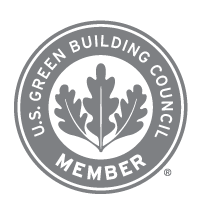Road Preservation FAQs
Category: Blog Articles By: Zack Helm
What is pavement preservation?
According to the National Asphalt Pavement Association, the United States has more than 2.7 million miles of pavement, 94 percent of which use asphalt either as full-depth roadways or as overlays to restore aging concrete pavements. Roadway preservation typically consists of a programmatic approach to restoring a pavement’s original performance characteristics.
What factors influence the success or failure of pavement preservation programs?
The primary factors influencing road preservation outcomes include:
- The types of chemistries used and, more specifically, how those chemistries achieve their results
- Treatment application methods, i.e., whether the treatments used were applied precisely in accordance with its manufacturer’s recommendations
- The batch quality of the materials used
- The expertise of the service crews applying the treatment
- Traffic and weather exposure
What is the difference between preservation and rejuvenation?
As previously stated, the intent of preservation is to restore a pavement’s original performance characteristics. Rejuvenation is a sub-category of pavement preservation. It too restores a pavement’s original performance characteristics, but it does so in a specific manner, i.e., by returning to the pavement the precise chemistries that have been depleted from it due to the high temperatures of manufacturing and exposure-related oxidation. Only asphalt pavements are capable of genuine rejuvenation that literally rebuilds the molecular structure of the asphalt binder.

What benefits can I expect from adopting a pavement preservation program?
- Proactive preservation will sustain pavement performance, extending intervals between rebuilds and conserving both budgetary and natural resources.
- The correct preservation treatments will improve skid resistance and provide a smoother safer surface for optimum driver safety.
How do I determine the “Right Treatment for the Right Pavement at the Right Time”?
Many state-based DOTs (Departments of Transportation) have developed specification documents and recommended application procedures for a variety of available preservation treatments. Your local DOT is your best resource for best practice recommendations for any particular type of roadway and condition.
For a checklist of potential treatments to get you started, visit FP2’s Preservation Toolbox.







